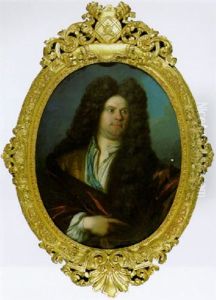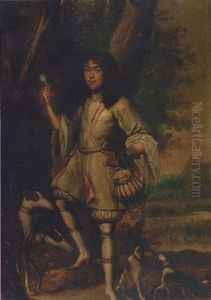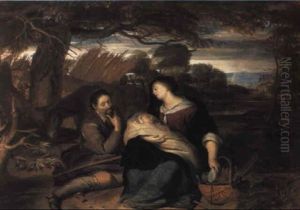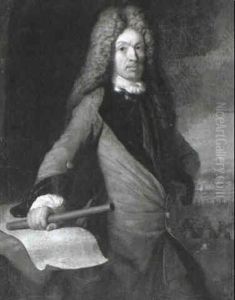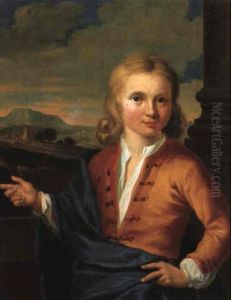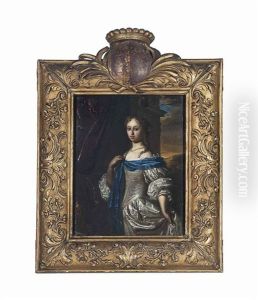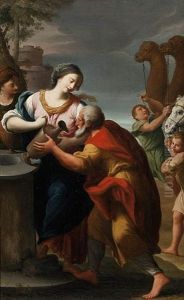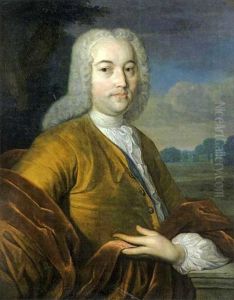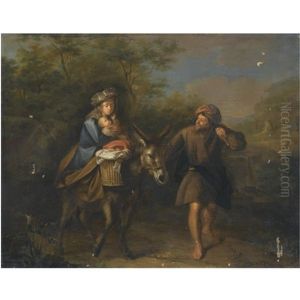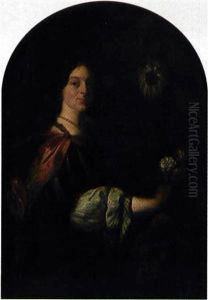Carel de Moor Paintings
Carel de Moor was a distinguished Dutch painter, etcher, and draughtsman born on February 25, 1655, in Leiden, Netherlands. He hailed from a lineage of artists, which profoundly influenced his career path. His father, a modest artist himself, introduced Carel to the fundamental aspects of art. De Moor showed an early proclivity for painting, which led him to apprentice under prominent artists of his time, including Abraham van den Tempel, Gerard Dou, Frans van Mieris the Elder, and Godfried Schalcken. These masters were instrumental in shaping his style, particularly in the realms of genre scenes and portraits, blending the meticulous detail of Leiden's fijnschilders (fine painters) with a broader, more luminous approach.
De Moor's talent and versatility allowed him to excel in various genres, including religious and mythological scenes, portraits, and genre paintings. However, he is best remembered for his exquisite portraits, which were highly sought after by the elite of Dutch society. His skill in capturing the subtleties of expression and the intricate details of his subjects' attire and surroundings earned him widespread acclaim.
Beyond his artistic endeavors, Carel de Moor played a significant role in the cultural life of his time. He was one of the founding members of the Leiden Guild of Saint Luke, a professional organization for painters, which he also served as the head for several years. This position not only attested to his prominence in the Dutch art world but also allowed him to influence the development of younger artists, ensuring the continuation of the high standards of Dutch painting.
De Moor's work was characterized by a remarkable finesse and a keen eye for detail, attributes that were highly appreciated during his lifetime and continue to be celebrated today. Despite the changing tastes in art over the centuries, his paintings have retained their appeal, thanks to their exquisite execution and the timeless quality of his depictions.
Carel de Moor passed away on February 16, 1738, in Warmond, near Leiden. Today, his works are preserved in several prestigious collections and museums around the world, serving as a testament to his enduring legacy in the history of Dutch art.











